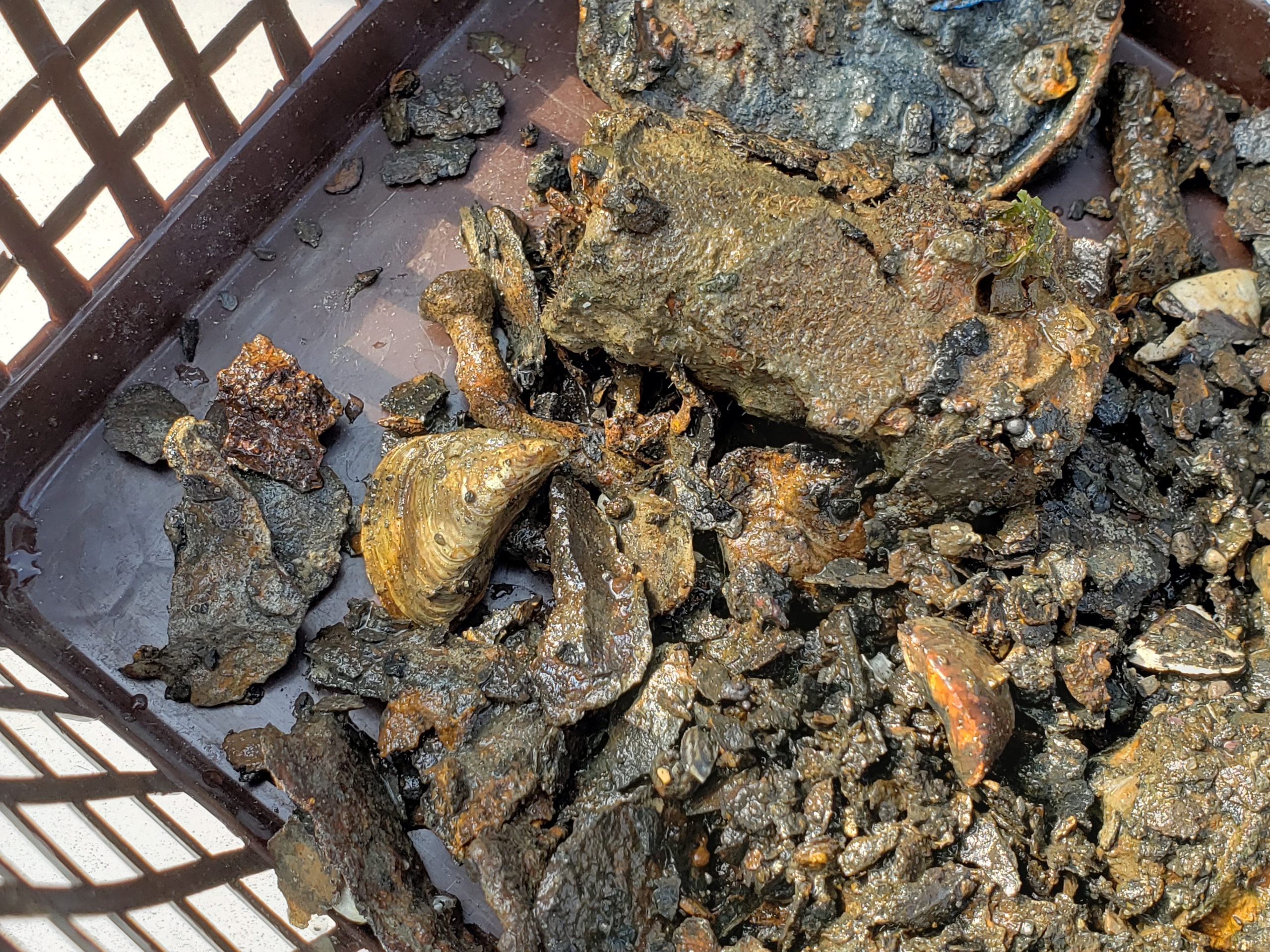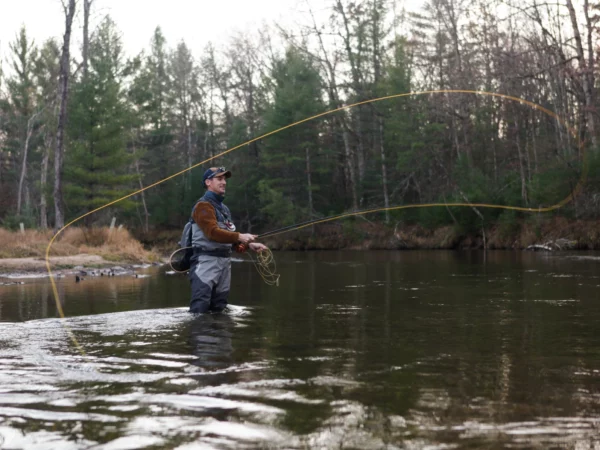
By
This article is part of a collaboration between The Char-Koosta News and Great Lakes Now at Detroit Public Television. Our partnership brings readers stories about issues of, research about and solutions to the invasive mussel problem – a challenge that’s shared by communities around Flathead Lake, its nearby waters and the Great Lakes.
The Char-Koosta News is the official news publication of the Confederated Salish and Kootenai Tribes of the Flathead Indian Reservation in western Montana that publishes articles and stories of interest to the tribal membership and the non-tribal people living on the reservation.
The name “Char-Koosta” is a combination of the names of the last two traditional leaders of the Salish and Kootenai Tribes. Chief Charlo was the last traditional chief of the Bitterroot Salish, and he was among the last 300 tribal people that were forcibly removed by army from their Bitterroot homelands in 1891 to the present-day Flathead Indian Reservation. Chief Koostahtah was the last of the traditional Kootenai leaders. The traditional leaders/chiefs were eliminated by the 1935 Flathead Nation Constitution, under the auspices of the Indian Reorganization Act.
In a report prepared by the Montana Department of Natural Resources, a quagga and zebra mussel worst-case scenario invasion would cost Montana an estimated $234 million per year in damages to the Montana economy.
Recreation, a big driving wheel to the state and local economy, would be negatively impacted by an estimated $122 million per year. An invasion would severely damage the state’s fisheries, a big recreation and tourist draw. An invasion would damage boats, motors and recreational equipment. Mussels could also be a pain to water recreationalists when they get established on docks, beaches, boat ramps and watercraft.
Agriculture, a big cog in the state’s economy, would be negatively impacted by $61 million per year. There are 2.5 million acres of irrigated land in the state, which accounts to 96 percent of surface water withdrawals. An invasive mussels can infest irrigation system reservoirs, feeder water bodies, pipelines and canals as well clog irrigation pumps, screens and head gates, thus reducing pumping capacity. Combatting the invasion breaks down to an estimated additional charge of $5.75 per acre-foot of water due to increased operation and maintenance needs.
Infrastructure related to hydropower, thermoelectric power, industrial operations, water treatment plants, mining operations, and self-supply domestic wells and pipes are all in danger of depredation as a result of an invasive mussel in state water bodies. They could restrict or clog infrastructure intake flows thus reducing the conveyance water that could result in the shutdown of operations for maintenance. Those impacts would be an estimated $47 million per year.
Government revenue would dip, especially for local governments, with an invasive mussel incursion. For instance, state lakefront or waterway frontage properties could decrease in value by an estimated $500 million for an estimated loss of $4 million per year in property tax revenue for state and local governments. Flathead, Whitefish and Swan lakes water front property amounts to 78% of the total lakefront value in Montana.
Catch more news on Great Lakes Now:
Zebra Mussels: A guide to the good and the bad of these Great Lakes invaders
30 Years Later: Mussel invasion legacy reaches far beyond Great Lakes
Mussel-Phosphorus Puzzle: Invasive mussels are reshaping the chemistry of the Great Lakes
Mercury Levels Maintained: Invasive mussels keep mercury levels high in Great Lakes fish
API key not valid. Please pass a valid API key.Featured image: Invasive mussel shells among debris from the Detroit River (Photo Credit: Natasha Blakely)




